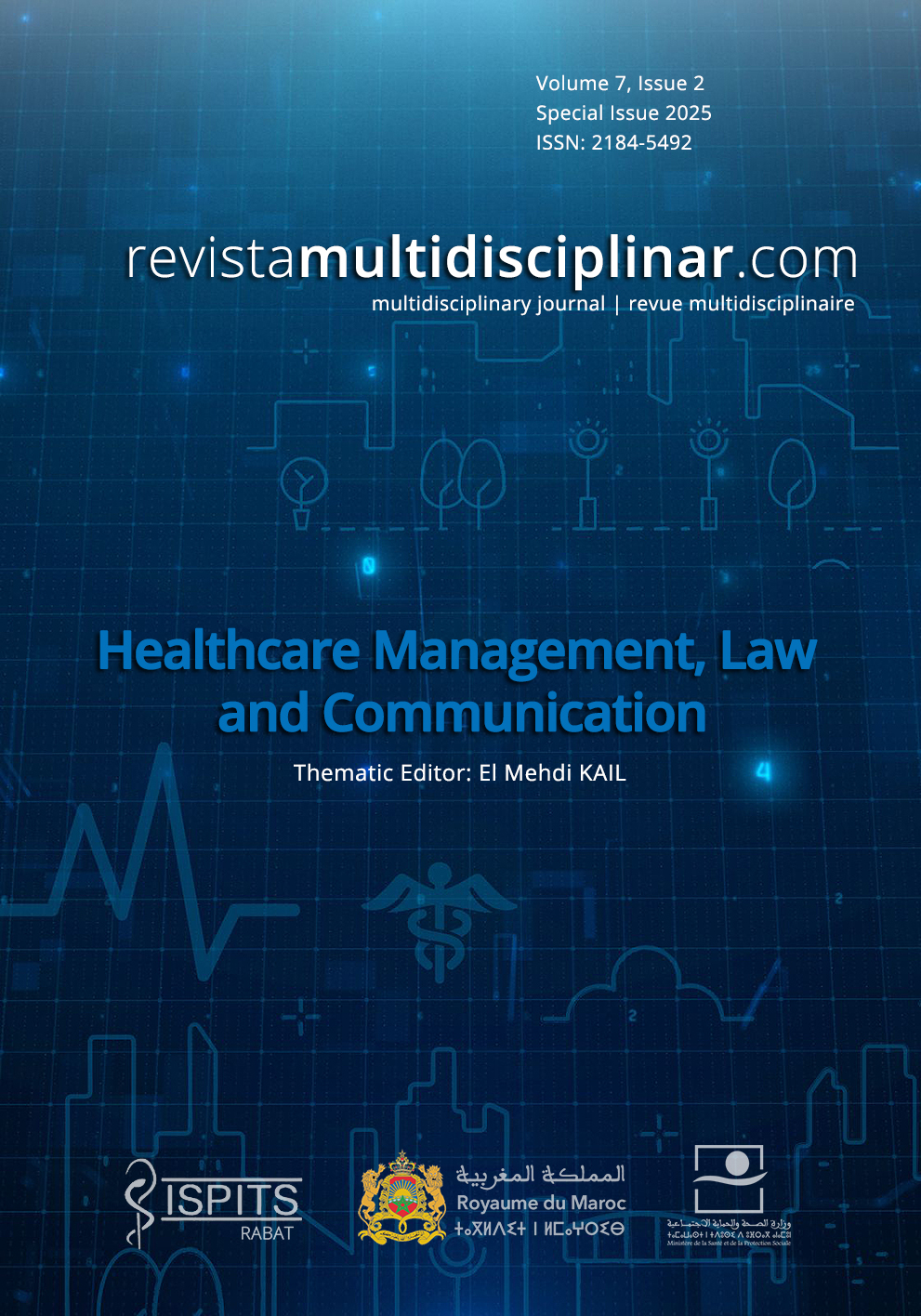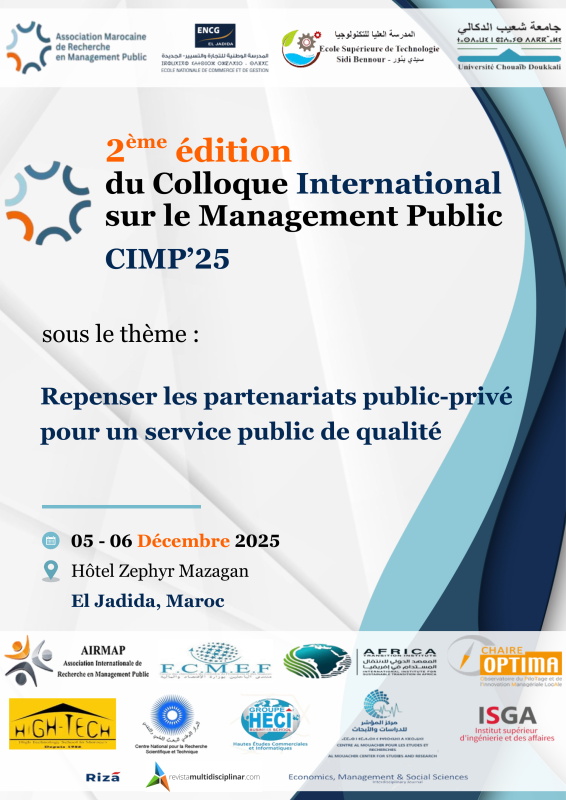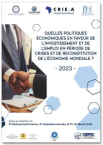Medidas de qualidade de vida relacionadas à saúde normalmente distribuídas
DOI:
https://doi.org/10.23882/rmd.25261Palavras-chave:
QVRS, Agregação aritmética, Distribuição normal, Pontuações equivalentes, Caminho de progresso, Validade fatorialResumo
Antecedentes: Distribuições não normais de medidas de Qualidade de Vida Relacionada à Saúde (QVRS) violam pressupostos básicos da análise estatística paramétrica. Testar a normalidade dos dados é um pré-requisito para a seleção de testes e técnicas estatísticas. Diferentes métodos de teste de normalidade fornecem resultados contrastantes. Objetivo: Evitando os problemas de discrepâncias de testes de normalidade, o artigo descreve métodos para transformar pontuações de itens ordinais de ferramentas de QVRS em pontuações equidistantes, facilitando a adição significativa e posterior transformação linear às pontuações propostas que podem ser adicionadas para obter pontuações de dimensão e pontuações de testes, cada uma seguindo distribuição normal, cujos parâmetros podem ser estimados a partir dos dados.
Resultados: A distribuição das pontuações de QVRS como convolução de pontuações de itens normalmente distribuídas facilita a agregação aritmética significativa e fornece plataforma para realizar análises paramétricas com propriedades desejadas, como plotagem de progresso/declínio de QVRS ao longo do tempo, teste estatístico de hipótese, identificação de indicadores críticos, encontrar equivalentes pontuações de duas ou mais ferramentas de QVRS, etc.
Conclusões: Os métodos propostos de escores de QVRS com normalidade e amplas áreas de aplicação com melhores medidas de confiabilidade, recomendam validade em termos de maior autovalor.
Referências
Bastien, C. H., Vallieres, A. and Morin, C. M.: Validation of the Insomnia Severity Index as an outcome measure for insomnia research. Sleep Medicine.2(4),297–307(2001)
Busija, L., Osborne, R.H., Nilsdotter, A. et al.: Magnitude and meaningfulness of change in SF-36 scores in four types of orthopedic surgery. Health Qual Life Outcomes, 6, 55 (2008) https://doi.org/10.1186/1477-7525-6-55
Carotenuto, A., Fasanaro, A. M., Molino, I., Sibilio, F., Saturnino, A., Traini, E., & Amenta, F.: The Psychological General Well-Being Index (PGWBI) for assessing stress of seafarers on board merchant ships. International maritime health, 64(4), 215-220, (2013).
Chakrabartty, Satyendra Nath: Optimum number of Response categories. Curr Psychol. 42, 5590–5598, (2023). https://doi.org/10.1007/s12144-021-01866-6
Chakrabartty, Satyendra Nath: Integration of various scales for Measurement of Insomnia. Research Methods in Medicine & Health Sciences, 2(3), 102-111, (2021). DOI: 10.1177/26320843211010044
Chmaj-Wierzchowska, K., Rzymski, P., Wojciechowska, M., Parda, I., Wilczak, M.: Health-related quality of life (Nottingham Health Profile) in patients with endometriomas: correlation with clinical variables and self-reported limitations. Archives of Medical Science, 16(3), 584-591, (2020). https://doi.org/10.5114/aoms.2019.82744
Edinger, J.D., Fins, A. I, Glenn, D. M., Sullivan, R. J., Bastian, L. A, Marsh, G. R., et al.: Insomnia and the eye of the beholder: Are there clinical markers of objective sleep disturbances among adults with and without insomnia complaints? J Consult Clin Psychol. 68: 586-593, (2000).
Essink-Bot, M. L., Krabbe, P. F., Bonsel, G. J., Aaronson,N. K.: An empirical comparison of four generic health status measures. The Nottingham Health Profile, the Medical Outcomes Study 36-item Short-Form Health Survey, the COOP/WONCA charts, and the EuroQol instrument. Med Care; 35(5):522–537, (1997).
Gail MS, and Artino AR (Jr.): Analyzing and interpreting data from likert-type scales. Journal of graduate medical education; 5(4):541-542, (2013).10.4300/JGME-5-4-18
Goswami, S. & Chakrabarti, A.: Quartile Clustering: A quartile based technique for Generating Meaningful Clusters, Jr. of Computing, Vol 4, Issue 2, 48-55, (2012).
Gu, Y., Wen, Q. and Wu, D.: How Often Is Often? English Language Teaching; 5, 19-35, (1995)
Harwell, M. R and Gatti, G. G.: Rescaling ordinal data to interval data in educational research. Review of Educational Research, 71, 105-131, (2001).
Hunt, S. M., McEwen.J. and McKenna, S. P.: Measuring health status: a new tool for clinicians and epidemiologists, Journal of the Royal College of General Practitioners, 35, 185-188, (1985).
Kasper, B.: The EORTC QLQ-C30 Summary Score as a Prognostic Factor for Survival of Patients with Cancer: A Commentary. Oncologist. 25(4), (2020). e610-e611. 10.1634/theoncologist.2019-0749.
Lidington, E., Giesinger, J. M., Janssen, S. H. M., Tang, S., Beardsworth, S.et al.: Identifying health-related quality of life cut-off scores that indicate the need for supportive care in young adults with cancer. Qual Life Res. 31, 2717–2727, (2022). doi.org/10.1007/s11136-022-03139-6 Lim, H. E.: The use of different happiness rating scales: bias and comparison problem? Social Indicators Research, 87, 259–267, (2008).10.1007/s11205-007-9171-x.
Lipovetsky, Stan & Conklin, Michael: Decreasing Respondent Heterogeneity by Likert Scales Adjustment via Multipoles.Stats.1.169-175, (2018).10.3390/stats1010012
Lundgren-Nilsson, Å., Jonsdottir, I.H., Ahlborg, G. et al.: Construct validity of the psychological general wellbeing index (PGWBI) in a sample of patients undergoing treatment for stress-related exhaustion: a Rasch analysis. Health Qual Life Outcomes, 11, 2. (2013) https://doi.org/10.1186/1477-7525-11-2
Machin, D., Campbell, M. J., Tan, S. B., & Tan, S. H.: Sample size tables for clinical studies. John Wiley & Sons, (2011).
Mishra, P., Pandey, C. M., Singh, U., Gupta, A., Sahu, C., Keshri, A.: Descriptive statistics and normality tests for statistical data. Ann Card Anaesth; 22(1):67-72, (2019). doi: 10.4103/aca.ACA_157_18.
Munshi, Jamal: A Method for Constructing Likert Scales. SSRN Electronic Journal. (2014) 10.2139/ssrn.2419366.
Mystakidou, K.; Tsilika, E.; Parpa, E.; Kalaidopoulou, O.; Smyrniotis, V.; Vlahos, L.: The EORTC Core Quality of Life Questionnaire (QLQ-C30, Version 3.0) in Terminally Ill Cancer Patients under Palliative Care: Validity and Reliability in a Hellenic Sample. Int. J. Cancer, 94, 135–139, (2001).
Parkerson, H. A., Noel, M., Page, M. G., Fuss, S., Katz. J. & Asmundson, G. J.G.: Factorial Validity of the English-language Version of the Pain Catastrophizing Scale-child Version. J Pain; 14: 1383-1389, (2013)
Preston, C. C. and Colman, A. M.: Optimal number of response categories in rating scales: reliability, validity, discriminating power, and respondent preferences, Acta Psychologica 104, 1-15, (2000).
Razali, N.M., Shamsudin, N. R., Maarof, N.N.N. A., Hadi, A. A, & Ismail, A.: A comparison of normality tests using SPSS, SAS and MINITAB: An application to Health Related Quality of Life data. International Conference on Statistics in Science, Business and Engineering (ICSSBE), (2012). DOI: 10.1109/ICSSBE.2012.6396570
Reeves, A.J., Baker, R.T., Casanova, M.P. et al.: Examining the factorial validity of the Quality of Life Scale. Health Qual Life Outcomes, 18, 32. (2020).
Ten Berge, J.M.F. & Hofstee, W.K.B.: Coefficients alpha and reliabilities of unrotated and rotated components. Psychometrika, 64(1), 83–90,(1999).
https://doi.org/10.1007/BF02294321
Wakita, T., Ueshima, N., & Noguchi, H.: Psychological distance between categories in the Likert scale: Comparing different numbers of options. Educational and Psychological Measurement, 72(4), 533– 546, (2012) https://doi.org/10.1177/0013164411431162
Walters, S. J.: Sample size and power estimation for studies with health related quality of life outcomes: a comparison of four methods using the SF-36. Health Qual Life Outcomes; 2:26, (2004). doi: 10.1186/1477-7525-2-26.
Wann-Hansson, C., Hallberg, I.R., Risberg, B., Klevsgård, R.: A comparison of the Nottingham Health Profile and Short Form 36 Health Survey in patients with chronic lower limb ischaemia in a longitudinal perspective. Health Qual Life Outcomes.17; 2:9. (2004).doi:10.1186/1477-7525-2-9.
Ware, J. E,, Kosinski, M. A. & Gandek, B.: SF-36 Health Survey: Manual and interpretation guide. Lincoln: Quality Metric Inc. (2005).
Yusoff, Rohana and Janor, R. M.: Generation of an Interval Metric Scale to Measure Attitude, SAGE Open, 1-16, (2014). DOI: 10.1177/2158244013516768
Downloads
Publicado
Como Citar
Edição
Secção
Licença
Direitos de Autor (c) 2025 Satyendra Chakrabartty

Este trabalho encontra-se publicado com a Creative Commons Atribuição-NãoComercial 4.0.









